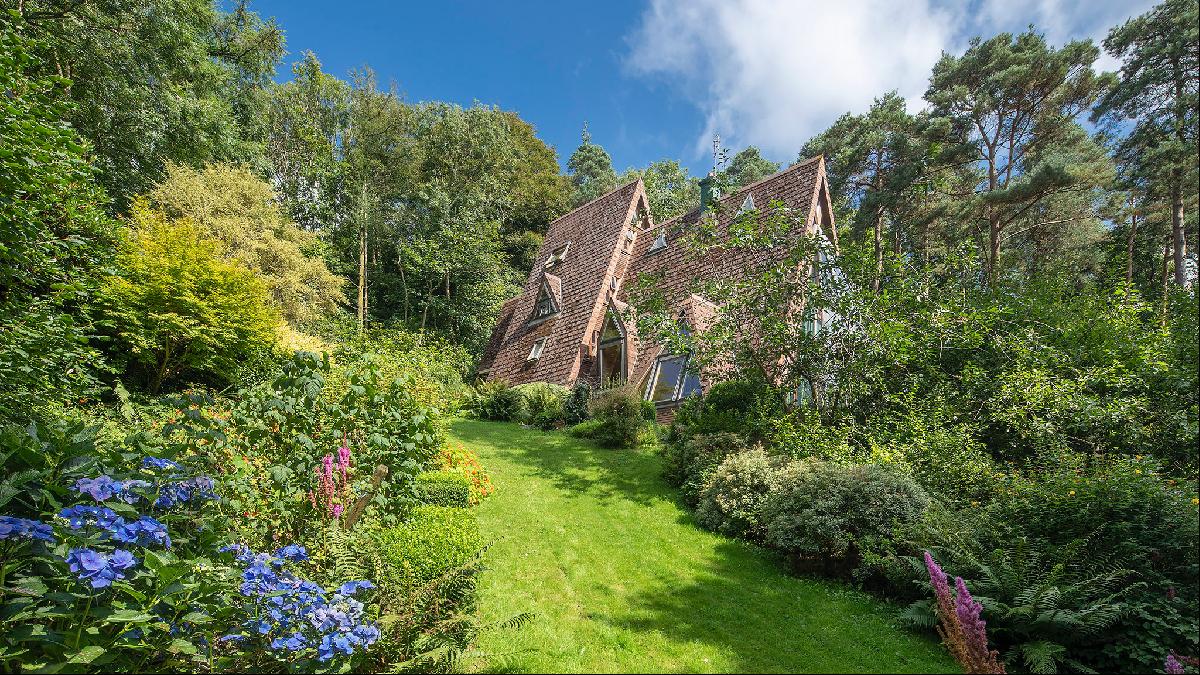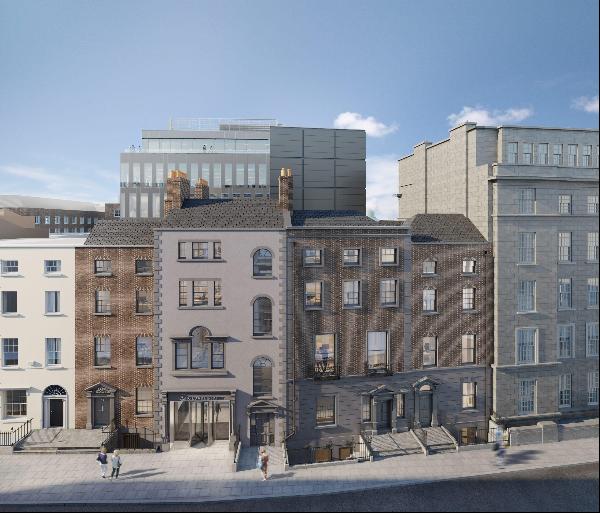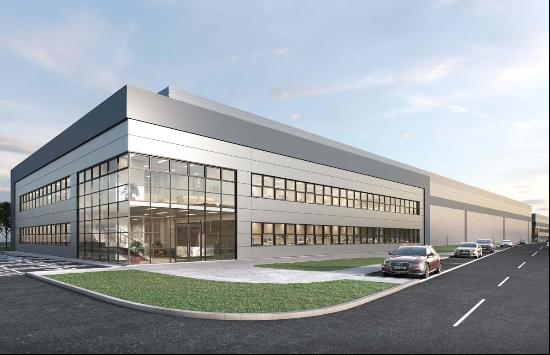
By Susie Mesure
When architect Paul Leech accepted the commission to build an eco-house in a small patch of woodland near Cork, his remit was to make as little impact on the land as possible. The result was Woodsmoke, a five-bedroom property designed to maximise the solar energy benefit of any Irish sunlight.
On the market for €750,000, the house was completed in 1994 and made almost entirely from local timber. It retains its energy-saving credentials almost three decades later thanks to features such as a Trombe wall, a dark heat-absorbing structure named after Félix Trombe, a French engineer. Leech estimates this wall in the conservatory, which stores solar energy, provides around a third of the heat for the house.
"Every possible void in the building was filled with insulation to keep the carbon footprint as low as possible," he adds.

He designed the property for the current owners, who are reluctant sellers owing to a change in family circumstance. They acquired the 2.3-acre plot from the descendants of neighbouring Castle Bernard, a late 18th-century country house that was destroyed by fire in 1921. The Woodsmoke site used to be a quarry but was restored to managed sustainable woodland about 80 years ago.
"A silviculturist identified trees that could come out and trees that couldn't be touched, including a rare Turkey oak," says Leech, who founded Gaïa Ecotecture, which specialises in sustainable design. "I remember walking through the site . . . wondering where could we put the house to get any daylight."
He settled on the south facing aspect of a knoll, building the property into the side of the small hill so the entrance is at the middle of what he calls "half levels"; split levels in common architecture parlance.

The main challenge was ensuring the building would get enough light. "That drove the form of the house,” says Leech. “There is a biomorphic element: it's like a cat or dog lying in a woodland clearing."
The A-frame roof stretches from the ground to the apex, which gives the kitchen, living and dining room, located on the ground floor, a 5m ceiling. "It's like a tent because of the sloping sides," says Leech. Specially made triangular windows maximise the natural light.
A heat pump under the house heats the property’s water-filled radiators, although the building also uses mains energy from renewable sources. Waste water is filtered through a reed bed sewage system and used to irrigate the lower grounds.
Referring to energy consumption during and since construction, Leech, who struck up a lasting friendship with the existing owners, says: "The house is trying to take responsibility for itself within the site and to use the least amount of energy possible.”

The front door opens into a reception area, which leads down to the main living space. There is a split-level office/library, plus guest bedroom, utility room, cloakroom and garage. Stairs lead up to the third level and the ensuite master bedroom. There are two further double bedrooms on the fourth level; a spiral staircase leads up to the fifth level and a large, bright attic bedroom. There is also an external wood store and workshop.
The 2,300 sq ft house is only a five-minute drive from Bandon, a town with a grammar school, golf club and rugby club. Yet it looks out on to private woodland, which includes oaks, pines, beech, sycamores and arbutus, and supplies enough timber to fuel the wood-burning stove.
"Spending time here is like being in a woodland watercolour, listening to a sylvan adagio," says Leech.
Photography: Savills

















